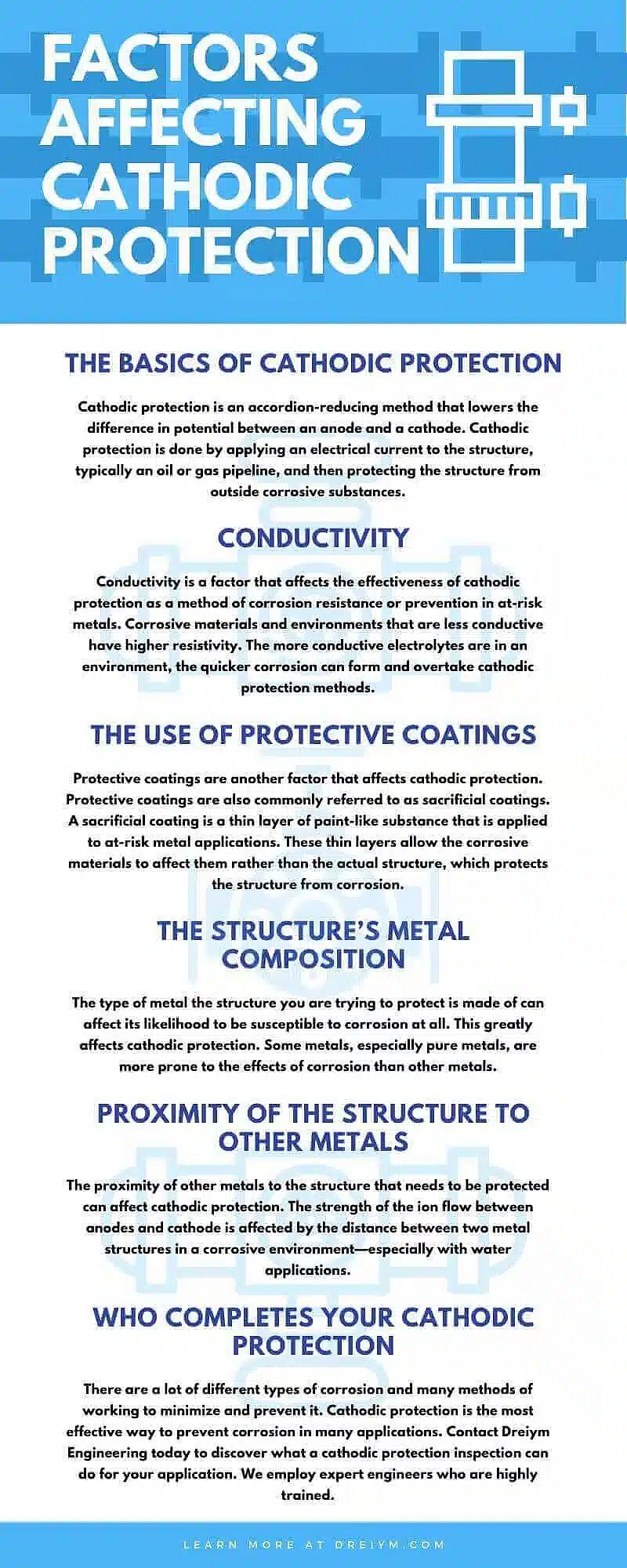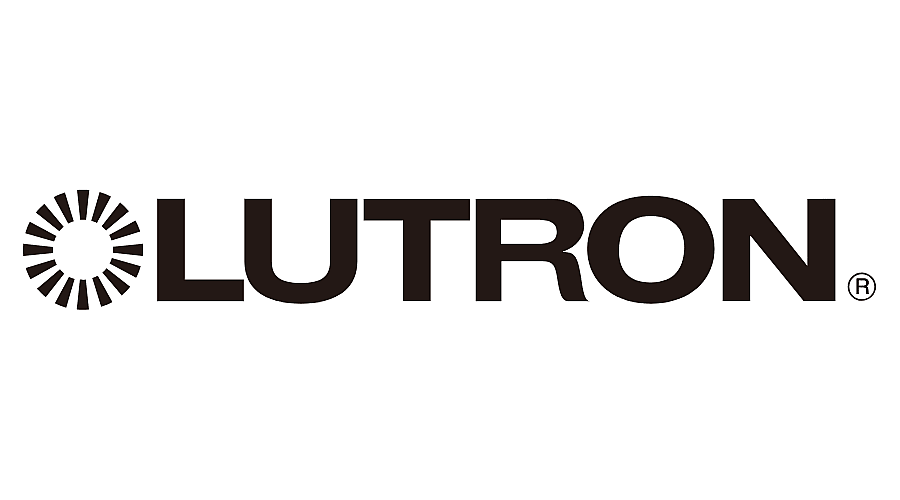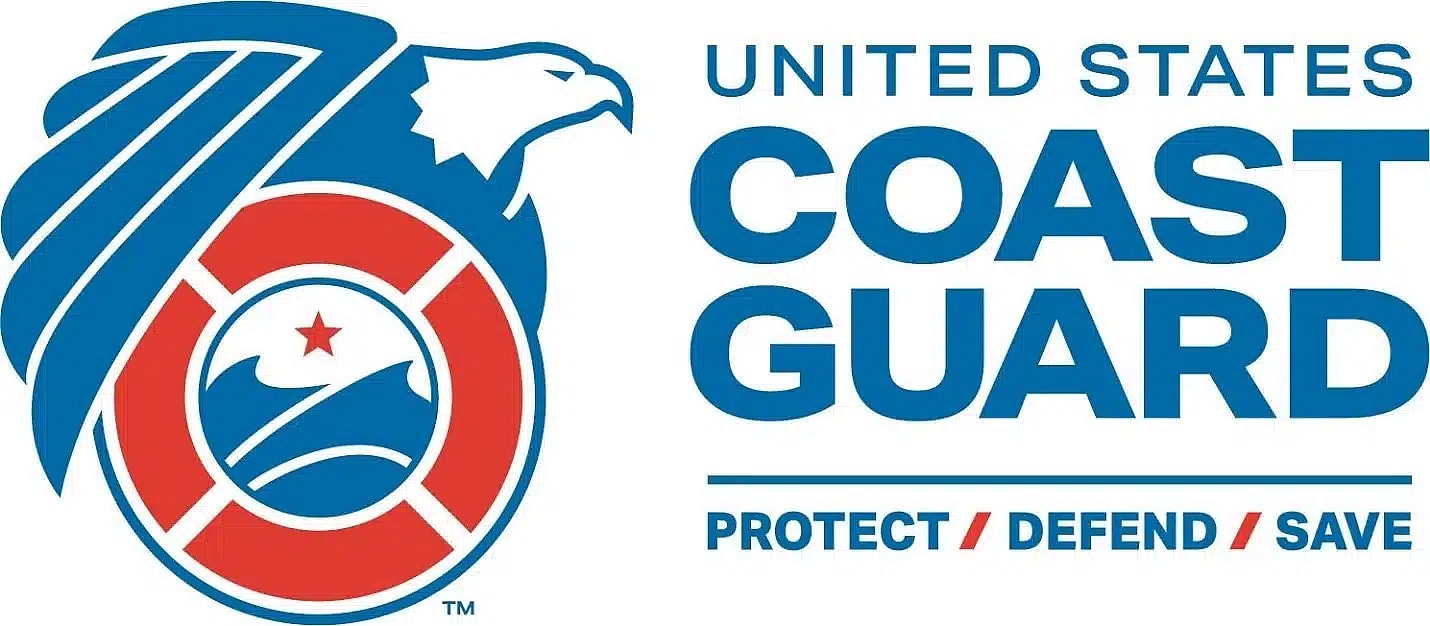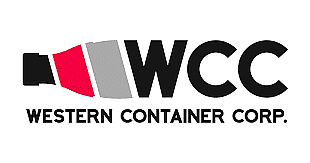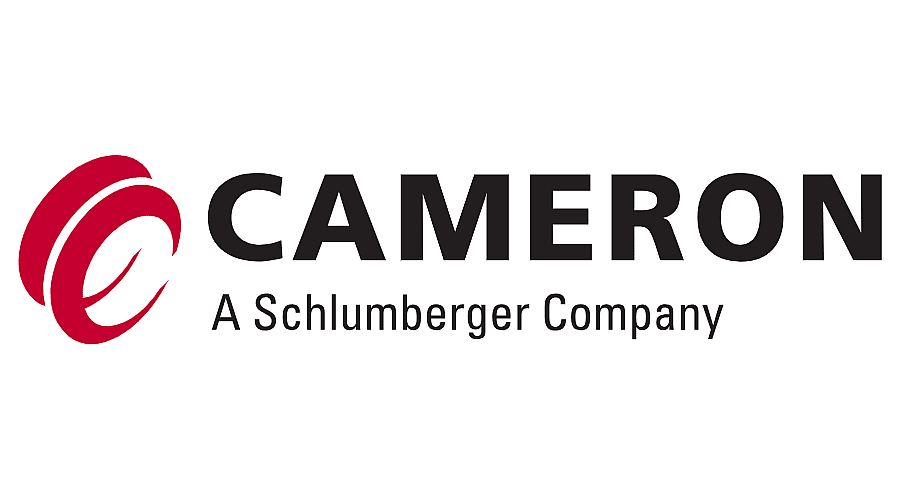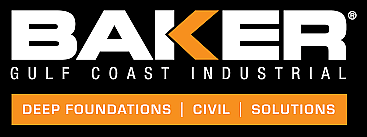Factors Affecting Cathodic Protection
Corrosion is a threat to countless industries. It damages metals and can create a ton of safety hazards. While there are many ways to prevent corrosion, cathodic protection is the most effective. Discover the main factors affecting cathodic protection.
The Basics of Cathodic Protection
Cathodic protection may be one of the most effective methods for preventing corrosion in certain applications, but it is a complicated process.
Cathodic protection is an accordion-reducing method that lowers the difference in potential between an anode and a cathode. Cathodic protection is done by applying an electrical current to the structure, typically an oil or gas pipeline, and then protecting the structure from outside corrosive substances.
Cathodic protection works by connecting the structure, or an at-risk metal, to a sacrificial metal. This process functions similarly to a sacrificial coating. The sacrificial metal is a highly active metal. High activity allows it to act as an anode, which allows this metal to corrode instead of the less active metal, or the at-risk metal.
Cathodic protection provides long-term protection to structures that are regularly exposed to corrosive environments and substances. It is an involved process that requires trained experts to determine, plan, and implement each application.
Conductivity
Conductivity is a factor that affects the effectiveness of cathodic protection as a method of corrosion resistance or prevention in at-risk metals. Corrosive materials and environments that are less conductive have higher resistivity. The more conductive electrolytes are in an environment, the quicker corrosion can form and overtake cathodic protection methods. Understanding the conductivity of the environment aids in determining how closely cathodic protection, as well as other prevention methods, need to be monitored.
An example is in water applications. The corrosion rate in oceanic and salt-water is substantially higher than in freshwater or damp environments. This is due to the less conductive properties of freshwater than seawater.
The Use of Protective Coatings
Protective coatings are another factor that affects cathodic protection. Protective coatings are also commonly referred to as sacrificial coatings. A sacrificial coating is a thin layer of paint-like substance that is applied to at-risk metal applications. These thin layers allow the corrosive materials to affect them rather than the actual structure, which protects the structure from corrosion. Protective coatings and cathodic protection can be used together. It’s not uncommon for the use of both of these corrosion prevention methods to be mandated by municipalities. Protective coatings, or sacrificial coatings, aim to lure the corrosive materials to corrode them rather than the actual structure being protected. This is not a permanent solution, and it may not last very long in highly corrosive areas. It’s essential that a NACE-certified engineer aids in the development of an all-encompassing corrosion prevention plan. This plan should be designed uniquely for your structure with the intent to keep it intact and unaffected by corrosion. Different structures decay at different speeds, requiring new layers of protective coatings at different times. This should be closely motioned for the health and safety of your structure.
The Structure’s Metal Composition
The type of metal the structure you are trying to protect is made of can affect its likelihood to be susceptible to corrosion at all. This greatly affects cathodic protection. Some metals, especially pure metals, are more prone to the effects of corrosion than other metals. Many metal alloys are designed specifically to help deter corrosion by not reacting as strongly to certain corrosive materials. While there are no metals that can guarantee perfect resistance, using an alloy designed to withstand the environment your structure will reside in can help make cathodic protection more effective. This is information to take note of when developing or building your application. Cathodic protection is still necessary for each type of metal, especially in environments with low resistivity, but it may need to be done less often with some metal types than with others. The environment and metal types both affect this.
Proximity of the Structure To Other Metals
The proximity of other metals to the structure that needs to be protected can affect cathodic protection. The strength of the ion flow between anodes and cathode is affected by the distance between two metal structures in a corrosive environment—especially with water applications. With other metals nearby, depending on those metals’ corrosion protection methods and metal type, that structure may be affected more or before yours and vice versa. This should be noted by your cathodic protection consultant and factored into your protection plan.
Types of Corrosion
The type of corrosion that typically affects your application is another important factor that can also affect cathodic protection. There are countless types of corrosion. The most common type is galvanic corrosion, caused by exposure to corrosive materials or substances. There are also types such as stress corrosion cracking which is harder to detect and prevent. Each type of corrosion your structure is at risk of developing should be addressed. Different corrosion types require different prevention methods, strengths, and frequency of surveys.
Who Completes Your Cathodic Protection
The person or team that completes your structure’s cathodic protection is perhaps the most important factor that affects cathodic protection’s effectiveness. Your cathodic protection should be designed and completed by a cathodic protection specialist. They should be trustworthy with completing quality checks on existing corrosion protection systems, able to list repairs, maintenance, replacements, and other necessary fixes, and be able to address problems before they become costly and cumbersome to solve.
There are a lot of different types of corrosion and many methods of working to minimize and prevent it. Cathodic protection is the most effective way to prevent corrosion in many applications. Contact Dreiym Engineering today to discover what a cathodic protection inspection can do for your application. We employ expert engineers who are highly trained. We also offer cathodic protection surveys. These surveys entail defining methods to create a safer environment for your employees and long-term health for your infrastructure. We pride ourselves on our direct and simple approach. Each of our cathodic protection surveys is conducted by NACE-certified cathodic protection specialists and registered professional engineers. Our approach thus allows us to show results more quickly.
